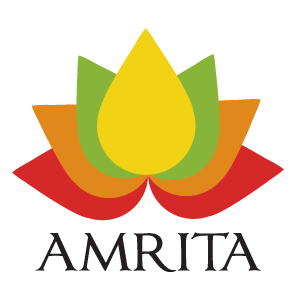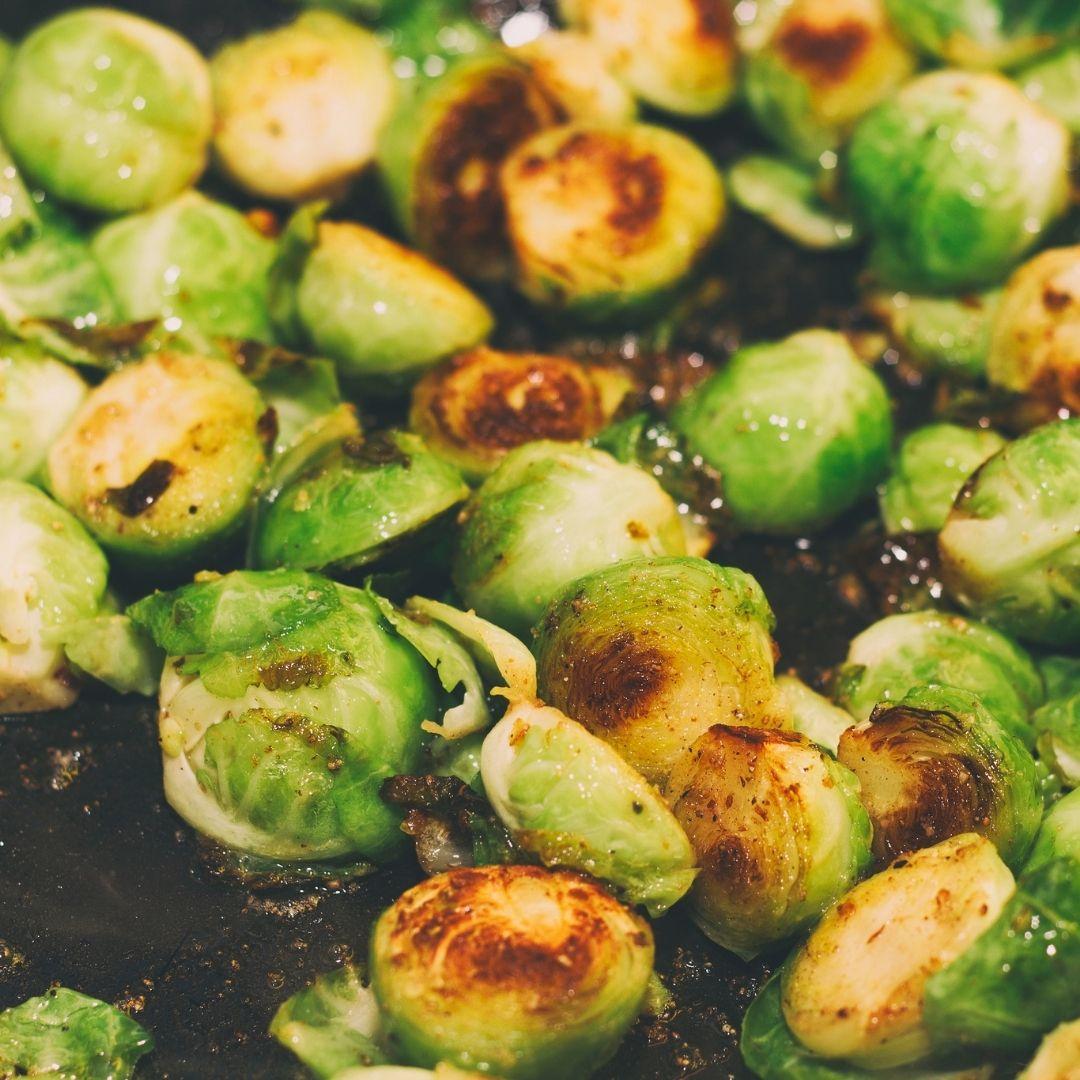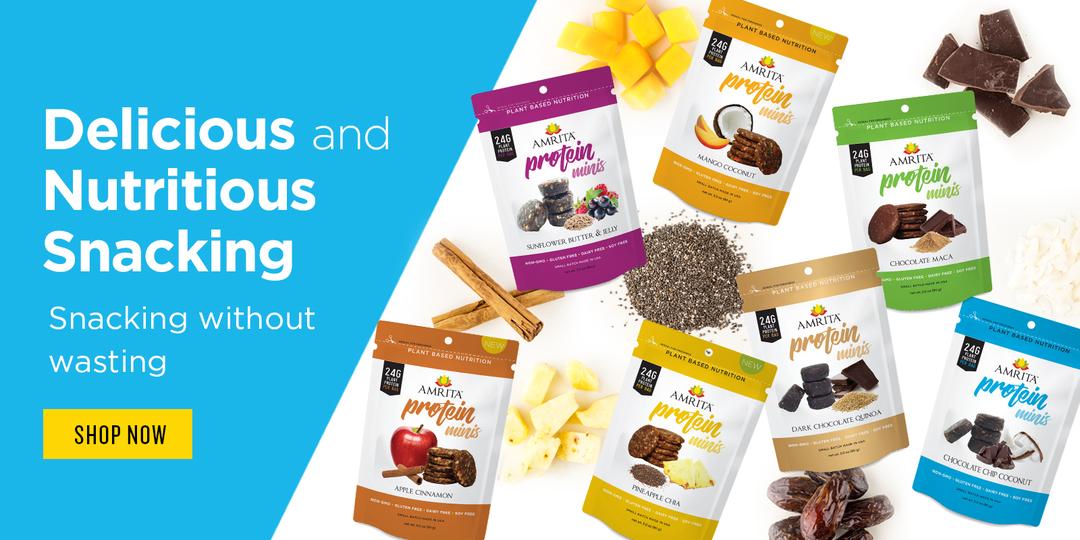Can paleo diet be for vegans, vegetarians, and plant-based followers?
Have you ever wondered if the diet can our ancestors survived with can sustain you and your nutritional needs? Will it work for you and your plant-based lifestyle?
Paleo Diet Guide for Vegans, Vegetarians, and Plant-Based
Paleo VS. Vegan VS. Plant-based – Which is Better?
These diets follow entirely different concepts and downright contradict each other. Thus, there is no general answer for it. Everyone has a decision for themselves with anything that they can find advantageous or disadvantageous for them.
The best question to ask is – is your current diet healthy?
Interested about plant-based paleo?
Subscribe to get notified about new products, exclusive deals, and recipes!
Can You Be Pegan?
In spite of its name, the pegan diet is a unique kind of diet with its own set of guidelines. In reality, it is less restrictive than either paleo or vegan. The pegan diet emphasizes vegetables and fruits. But, intake of slight to moderate amounts of meat, certain fish, nuts, seeds, and some legumes is allowed.
If you think a more sustainable diet that you can follow indefinitely is what you need, rather than the typical and short-term ones, then the pegan diet is what you should practice.
What Can You Consume on Vegan Paleo Diet
- Leafy greens and non-starchy vegetables (broccoli, kale, peppers)
- Starchy vegetables and fruits (potatoes, turnips, yams)
- Protein sources (almonds, macadamia, walnuts)
- Fat (olive oil, almond oil, avocado oil
When you decide on becoming a pegan...
Make sure that you watch out for greens with a high glycemic index, as it can lead to a spike in your blood sugar level. Pick those with the least glycemic index possible. With the proper planning and discipline, combining both diets – becoming pegan can be successfully implemented.
Sample Vegan Paleo Diet
For breakfast:
Sweet Potato Breakfast Bowl
What You Will Need:
Ø 300 g sweet potato
Ø 50 ml of vegetable milk or water, possibly more
Ø 1 tbsp date syrup
Ø 1/2 tsp cinnamon more or less to taste
Optional toppings:
Ø 1 tbsp almond butter
Ø 1/2 banana
Ø 1/2 peach
Ø 1 tbsp blueberries
Procedure:
Ø Halve the sweet potatoes and cook in the oven for about 30 minutes until tender. Turn at about half the cooking time.
Ø Allow the sweet potatoes to cool briefly, then remove from the bowl.
Ø Place in a bowl and crush with a fork. Gradually add a little liquid until the desired consistency is achieved—season with cinnamon and date syrup.
Ø Serve with toppings of your choice. Better served when cold.
For lunch:
Roasted Brussels Sprouts with Pomegranate and Chili-Lime Sauce
What You Will Need:
Ø 700 g Brussels sprouts
Ø 1 pomegranate
Ø 1-2 apples
Ø 1 lime
Ø 2 tbsp olive oil
Ø 2 tbsp date syrup
Ø 2 tsp chili powder
Ø Salt and pepper to taste
Procedure:
Ø Preheat the oven to 220°C.
Ø Wash the Brussels sprouts, cut into halves
Ø Place in a large bowl and mix with the chilipowder, salt, pepper, and olive oil.
Ø Spread on a baking sheet lined with baking paperand put in the oven for 20 minutes. Turn the Brussels sprouts after 10 minutesto brown the other side.
Ø Wash the lime and zest. Squeeze the juice and combineit with the zest and date syrup in a bowl. Mix well.
Ø Take the roasted Brussels sprouts out of theoven. Mix well with the chili-lime sauce.
Ø Serve and enjoy!
10 Paleo Diet Tips for Vegetarians
1. Be mindful of macronutrient distribution
The Paleo diet differs from other nutritional diets because of higher intake of healthy fats than carbohydrates.
This is especially true for vegetarians because they eat a lot of grain and legumes before switching.
If you are pursuing a certain dietary goal like trying to lose weight or build muscles, start with a book of your daily macronutrients (carbohydrates, fat and protein).
This way, you will be more familiar and develop an intuitive feeling for how much you need to feel completely comfortable.
2. Take a blood test
Before starting this diet, especially if you have a health condition, it makes sense to have a blood test done.
After a month or two of changing your diet, you can have your blood drawn again to check how your values have changed.
3. Avoid grain, soy and sugar at all costs
Grains, soy and sugar can simply cause digestive problems.
There are many paleo-friendly alternatives to bread and pasta, such as paleo grain bread or zucchini pasta.
However, there is no substitute for soy. Although many vegetarians swear by soy products, it is not part of the Paleo diet.
4. Meat and seafood alternatives
It is important as a paleo vegan/vegetarian/plant-based to look for an alternative to meat for a sufficient protein source.
The top recommendation for this is tofu, chickpeas, and may plant-based meat or seafood products. Besides protein, they also provide healthy fats and other valuable nutrients.
5. Get enough omega-3 fatty acids
The ratio of omega-3 to omega-6 fatty acids should be kept in mind especially by vegetarians.
A lack of omega-3 fats can promote inflammatory processes, allergies and cardiovascular diseases.
Fish and meat are usually the main sources of omega-3s in the paleo diet. But vegetarian-paleo can get theirs from seaweeds or algae and seeds like chia, flax or hemp.
6. Lessen nuts
When taken as a snack, nuts have nutritional benefits. However, when there’s too much, they can impair the absorption of minerals because of its high omega-6 and phytic acid content.
7. Make legumes tolerable
Though legumes contain lectins and phytic acid, they’re important plant based protein and carbohydrate sources for vegetarians. However, they are not paleo.
But there are a couple of tricks you can do to reduce the phytic acid and other harmful substances in legumes.
- Germination
If you germinate or soak them at least 12-24 hours before cooking and cook thoroughly, you can get rid of the unhealthy substances.
- Fermentation
This process helps reduce phytic acid in legumes. Fermented foods are also beneficial to the intestinal flora. They make dairy products more tolerable.
8. Dairy alternatives
Dairy is an excellent source of healthy fats and protein, but you can also find plant-based fats from avocados, nuts, olive oil, sunflower seeds and oil.
9. Avoid vitamin deficiencies
Micronutrients like iron and vitamin B12 are generally found in animal products. But you can boost your Vitamin B12 intake from plant sources like fermented foods, algae like spirulina and chlorella and seaweeds.
While you can get your iron and vitamin C requirements when you combine iron-rich herbs with vegetables rich in vitamin C.
For instance, parsley and spinach have high amounts of iron, and vitamin C is rich in citrus fruits and in red, orange and yellow peppers.
Similarly, ensure your protein supply through the combination of several protein-rich plant foods like chia seeds, kale, sunflower seeds, pumpkin seeds, figs and raisins, spinach and broccoli.
If you find it difficult to meet your protein requirements, go for potatoes, legumes or pseudo cereals like quinoa.
Alternatively, you can take iron or vitamin b12 supplements, but speak to your doctor first before taking any.
To make sure you meet the daily requirements of these nutrients, you need to put these on your menu and combine them every day.
This is not entirely Paleo-compliant, but life is not black and white. After all, your health is more important than following the rules.
10. Plant-based Paleo Diet Sample Menu
5 Things to Keep in Mind When Switching to Plant-Based Paleo
Now that you know what paleo and plant based diet definitions are, let’s talk about how you can transition to a plant-based paleo diet.
It will be tough in the beginning to transition especially if you’ve been eating a typical American diet filled with pasta, bread, and meat your whole life.
However, making small changes day by day like we mentioned earlier, is a good starting point.
1. Research plant-based paleo recipes
Do your research and try them one at a time. Sit down with your family and choose which recipes taste good, which recipes keep you full longer, and which recipes are quick and easy to cook to fit into your lifestyle. As you progress, you will learn which foods and recipes make up your plant based paleo nutrition.
2. Keep fresh fruits and vegetables on hand
These are great to eat as snacks to keep your hunger at bay and prevent you from eating unhealthy foods impulsively. Choose plant based foods high in protein and plant based sources of fats.
3. Make your healthiest snacks accessible
Store these plant based protein snacks at eye level in your fridge and cupboards to make them easier to grab. Dried fruits and seeds are great on the go snacks. You can buy in bulk and make your own trail mix. These have long shelf lives too when stored properly.
4. Prepare your meals
If you’re on a budget, meal prepping is helpful. You can chop veggies, make overnight oats and top with our paleo bites to help you curb your sweet tooth while staying on track.
Preparing meals ahead of time also gives you more time to relax. You have less cook time because many plant based foods can be eaten raw or steamed.
5. Eat variety
When you eat different kinds of fruits and vegetables, nuts and seeds, legumes and whole grains, you ensure you are getting the full range of vitamins and minerals that your body needs.
The global pandemic that is COVID-19 brought more and morepeople into eating less meat or completely giving it up. The reasons do notmerely rely on how sustainable this diet is but its positive impact on theenvironment and how it is beneficial for the body.
Taking a healthy path with simple and delicious plant-baseddishes allows everyone to make a small contribution to the environment. Goingpegan is not about utterly preceding animal products but rather finding yourbalance and trying not to do too much at the same time.
Get started on plant-based paleo snacking with our paleo bites!
Stay Connected!
Subscribe to get notified about new products, exclusive deals, and recipes!
















